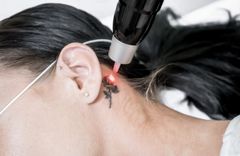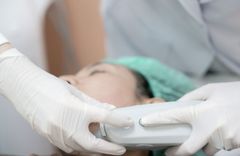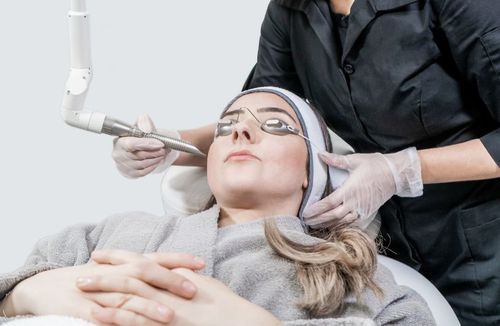Nonsurgical
Nonsurgical Procedures

Information About Our Central Texas Nonsurgical Procedures
Beleza Surgery and our cosmetic plastic surgery facilities are a trusted source for nonsurgical cosmetic procedures in Central Texas, including Cedar Park, Round Rock, Austin, and Killeen. Board-certified plastic surgeon Dr. Hix-Hernandez, or a trusted member of our staff, can provide IPL photofacials, laser skin resurfacing, laser hair removal, laser acne treatment, laser tattoo removal, Ultherapy®, CoolSculpting®, laser vaginal rejuvenation, and nonsurgical skin tightening to meet a wide range of needs and concerns. Schedule an assessment to learn about our innovative treatments that can provide results without surgery.

Look & Feel Great
With Our Medspa Nonsurgical Procedures
Laser Skin Resurfacing
Using laser technology, it is possible to address a wide range of skin concerns, like acne, aging, sun damage, and more, with laser skin resurfacing. By employing advanced laser technology, resurfacing effectively removes damaged layers of skin while stimulating collagen production.
Laser Hair Removal
Laser hair removal is a long-lasting way to virtually eliminate unwanted hair and reduce time, money, and energy spent on shaving, waxing, and more. This alternative to traditional hair removal methods uses concentrated light energy to destroy hair follicles. With fewer sessions needed over time, Central Texas patients can get the result they’re looking for.
Laser Acne Treatment
If dedicated skin care regimens, ointments, or medications don't seem to get rid of acne, noninvasive laser acne treatments may be a wonderful option. This option from Beleza Surgery targets the bacteria that cause acne and helps reduce inflammation, promoting clearer skin while minimizing the risk of scarring.
Laser Tattoo Removal
No matter your reason, laser tattoo removal is a safe, effective, and noninvasive way to reduce and virtually eliminate a tattoo you no longer want. Laser tattoo removal works by breaking down the ink particles in the skin through targeted laser light, allowing the body to gradually eliminate them.
CoolSculpting®
CoolSculpting is a fat-freezing treatment that reduces stubborn pockets of fat on the stomach, love handles, under the chin, back, and more. Choose this noninvasive fat reduction technique that uses controlled cooling to freeze and eliminate stubborn fat cells without harming surrounding tissue.
Schedule Your Visit With Us
Request a consultation at any of our four locations to get started!




















